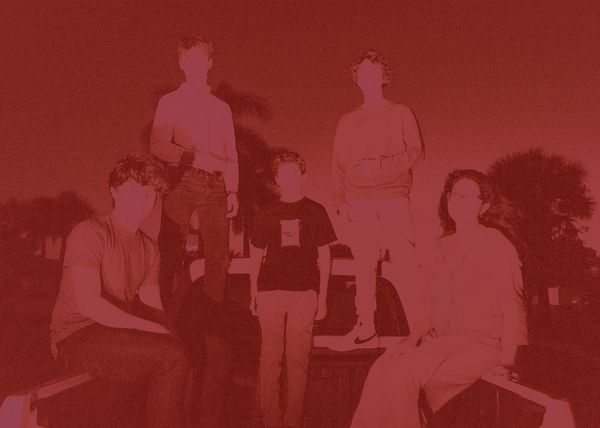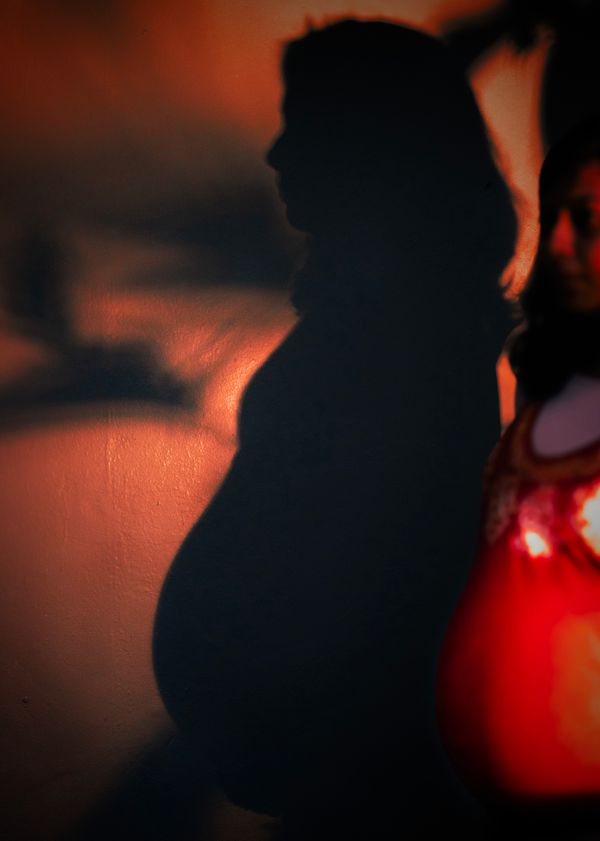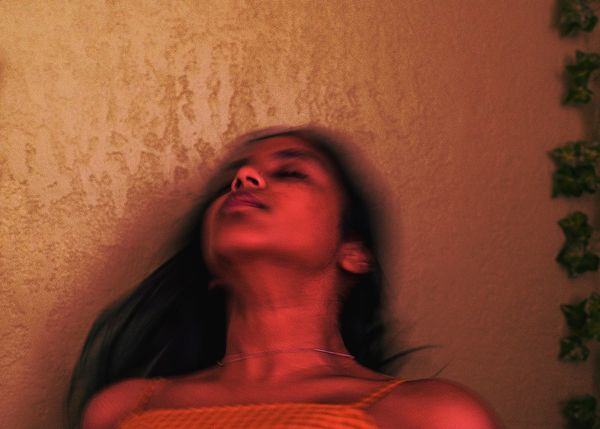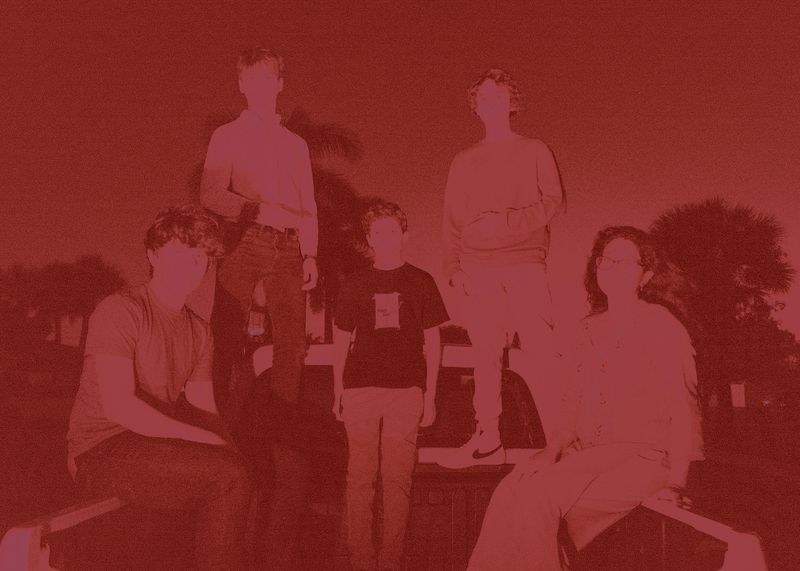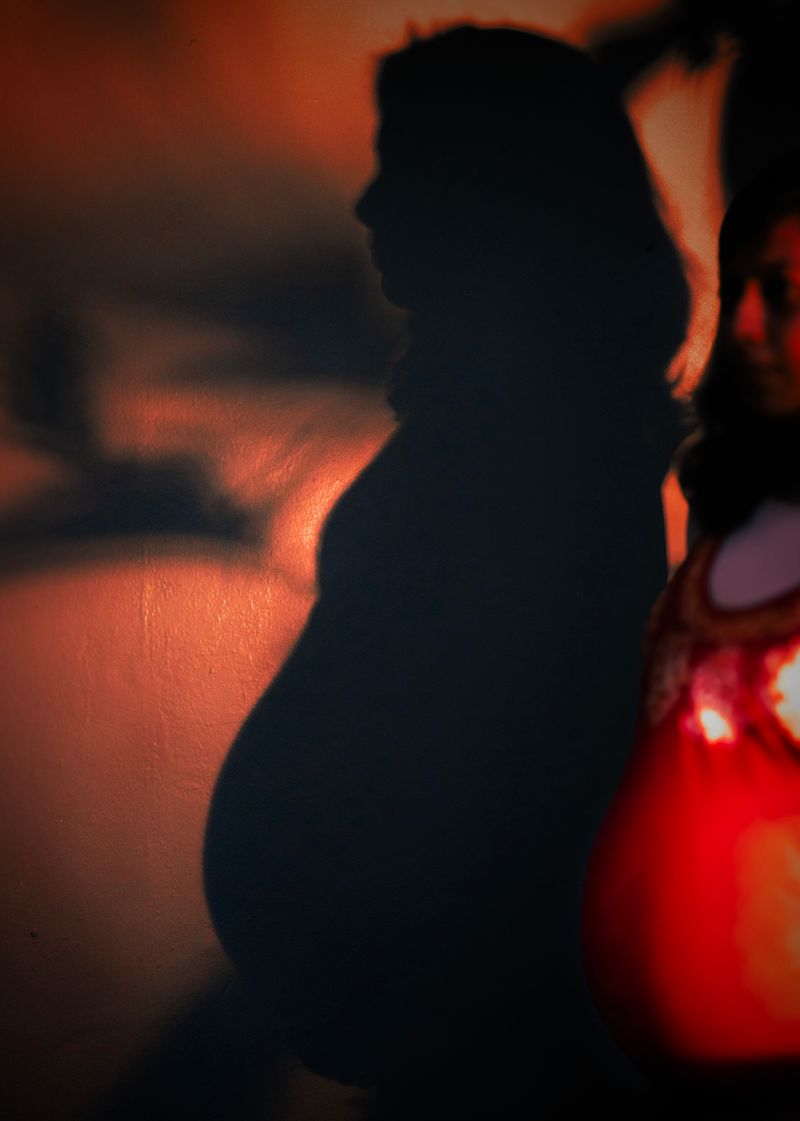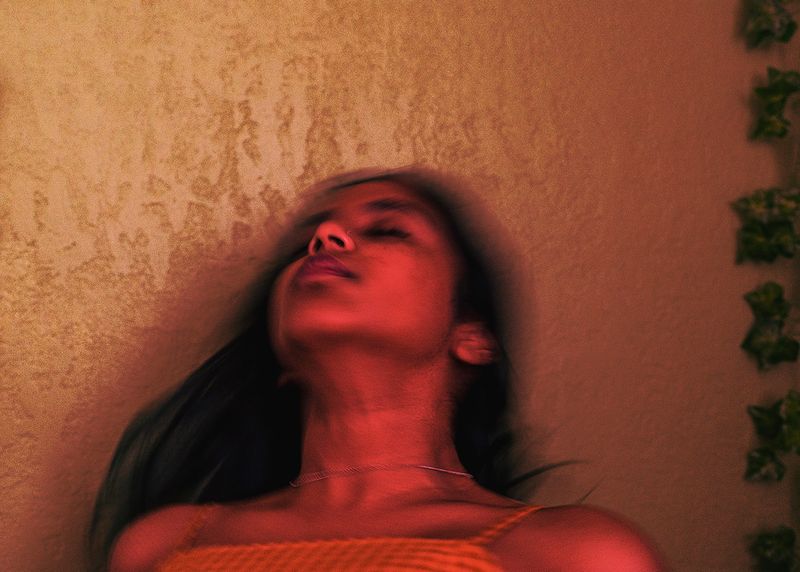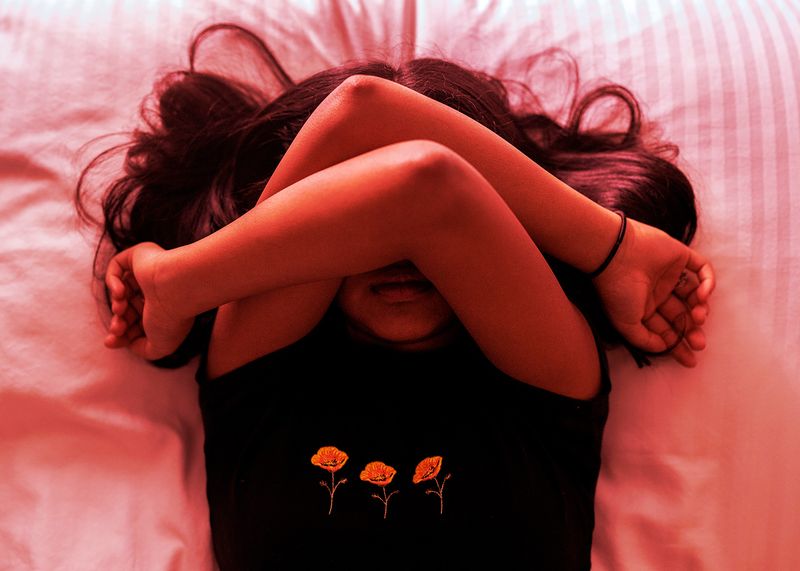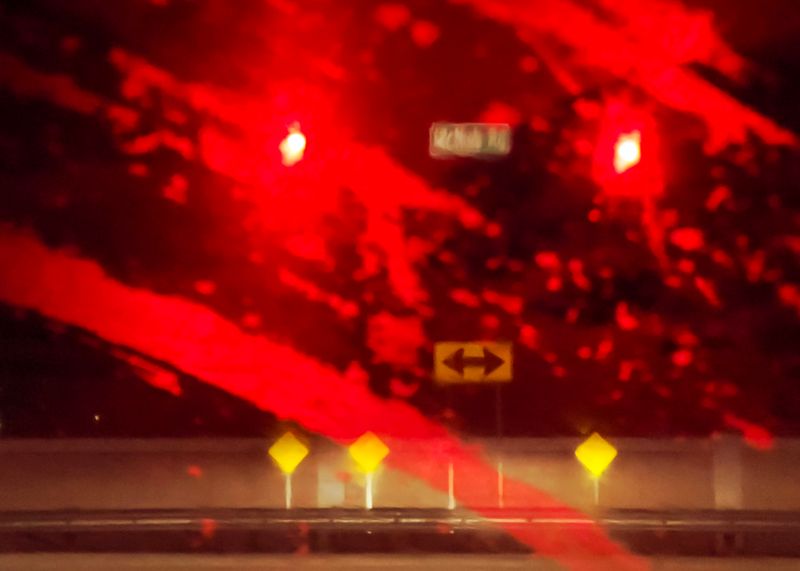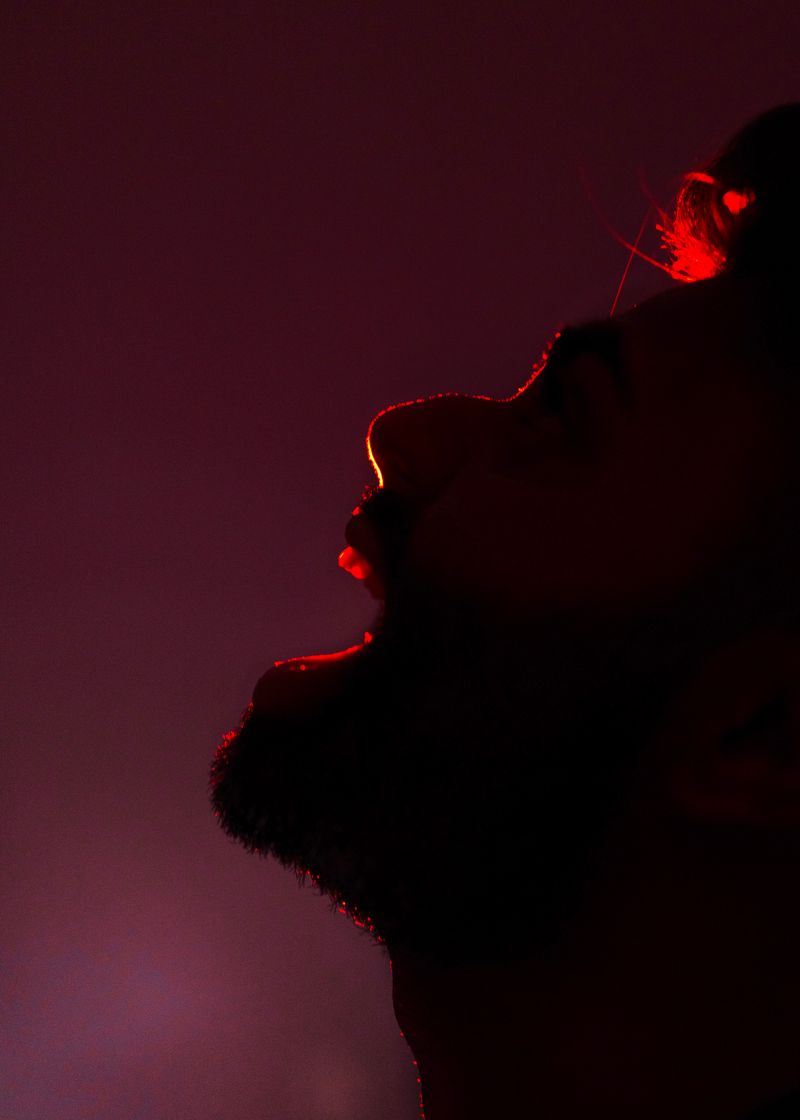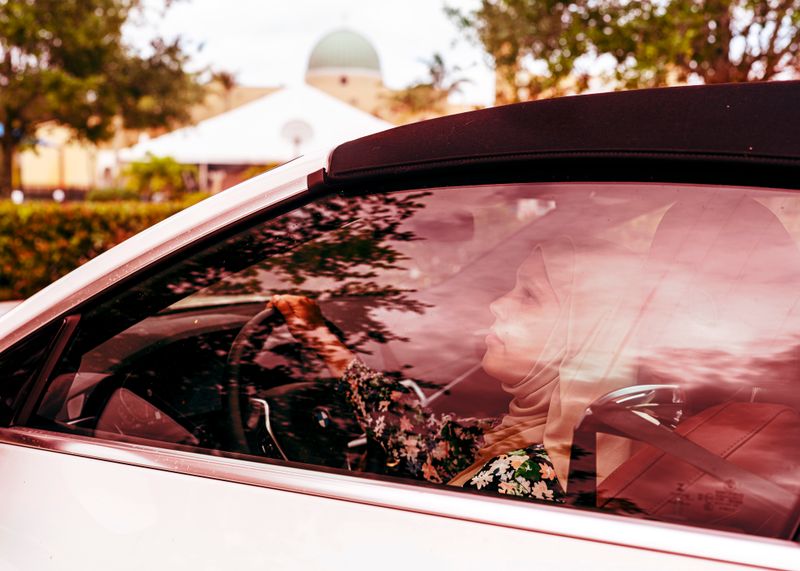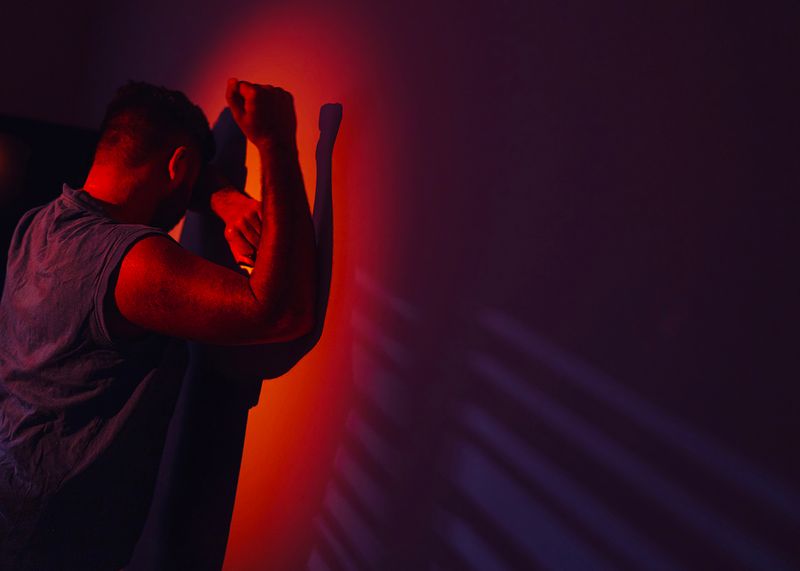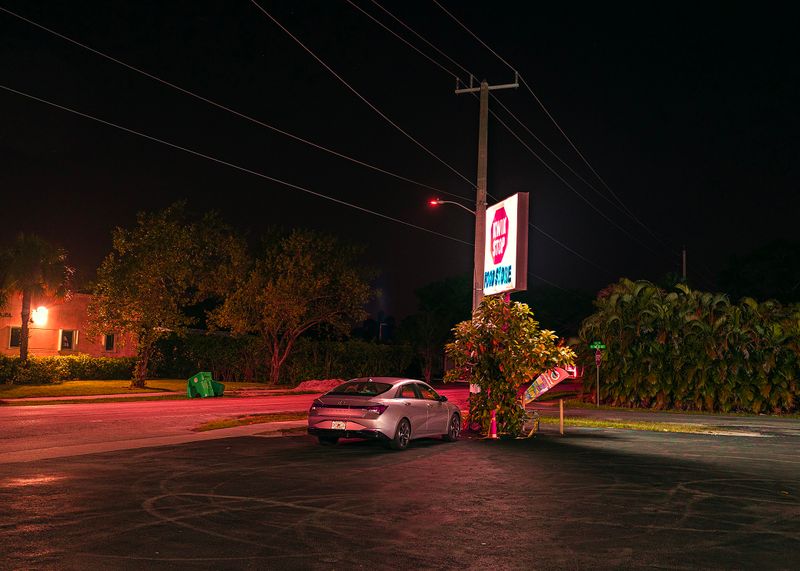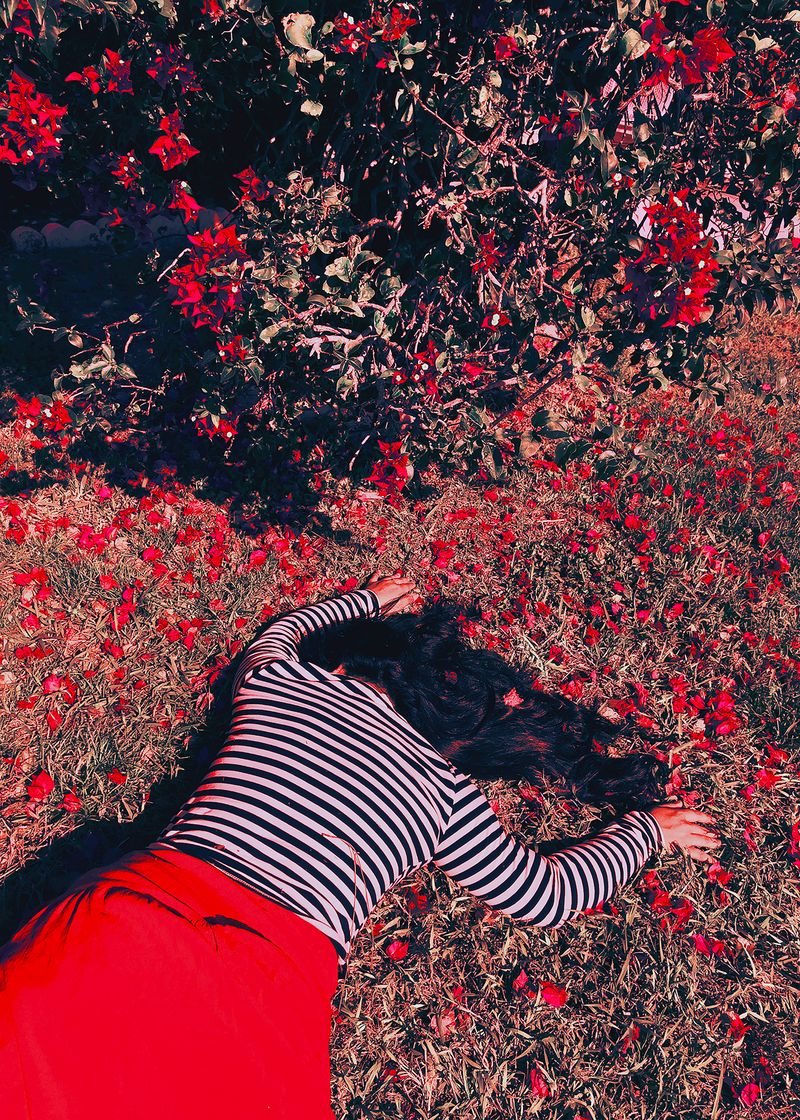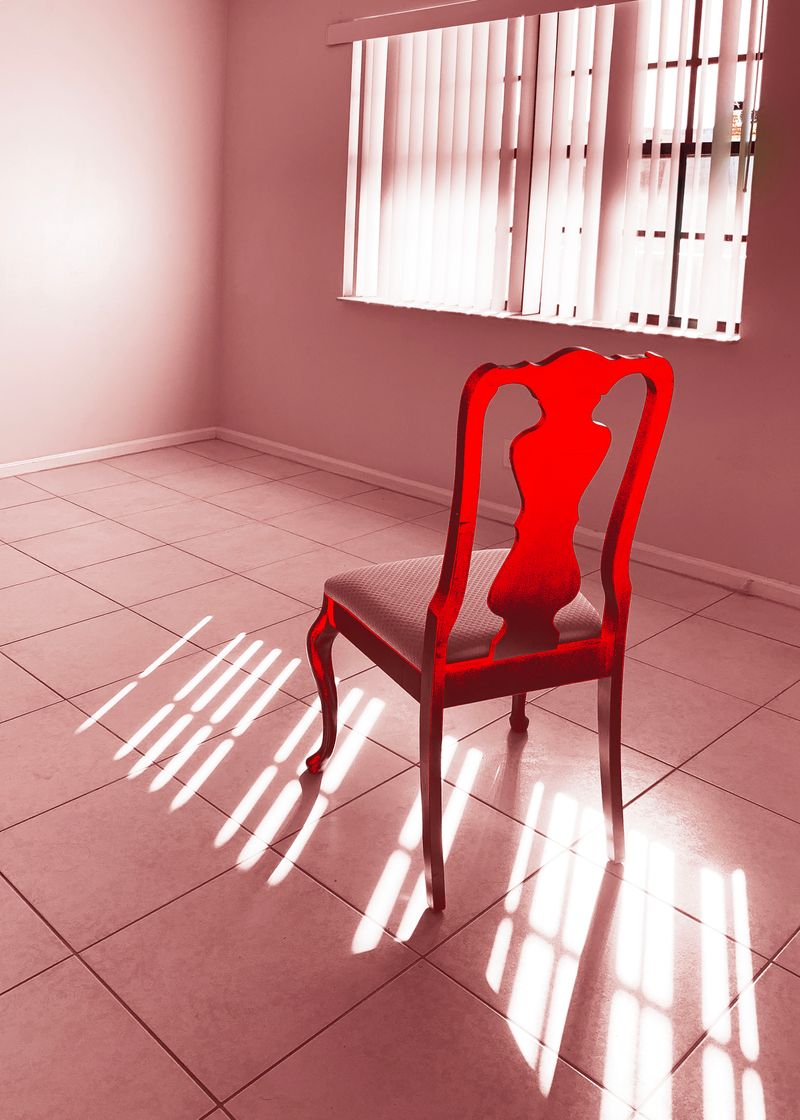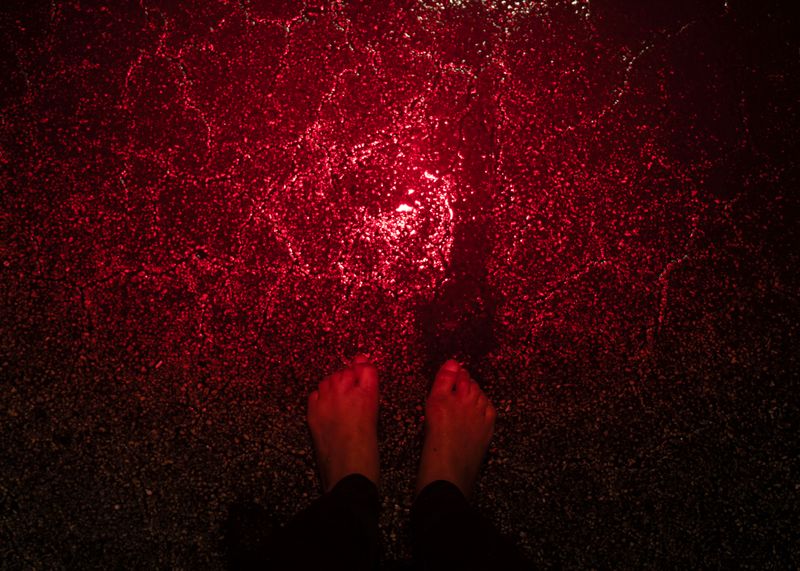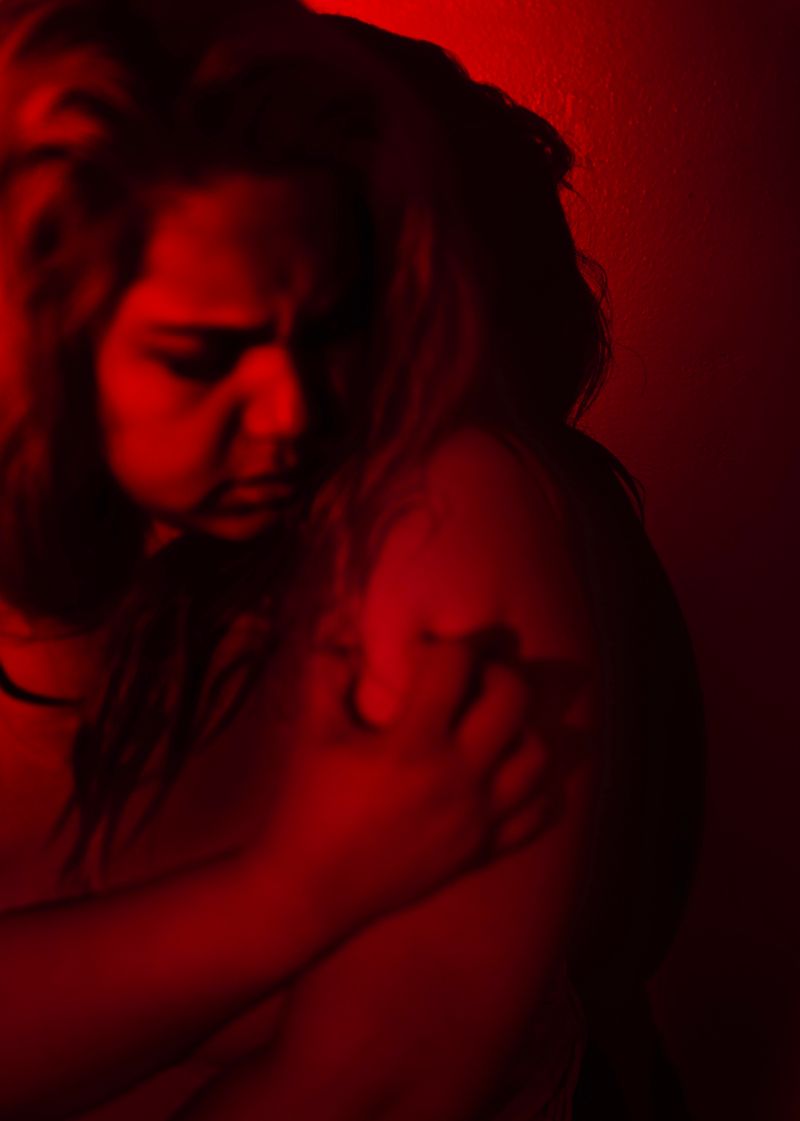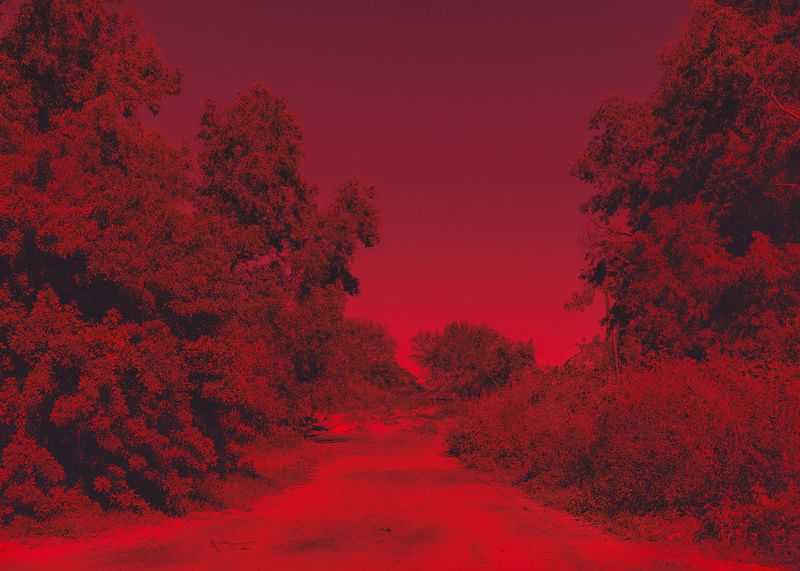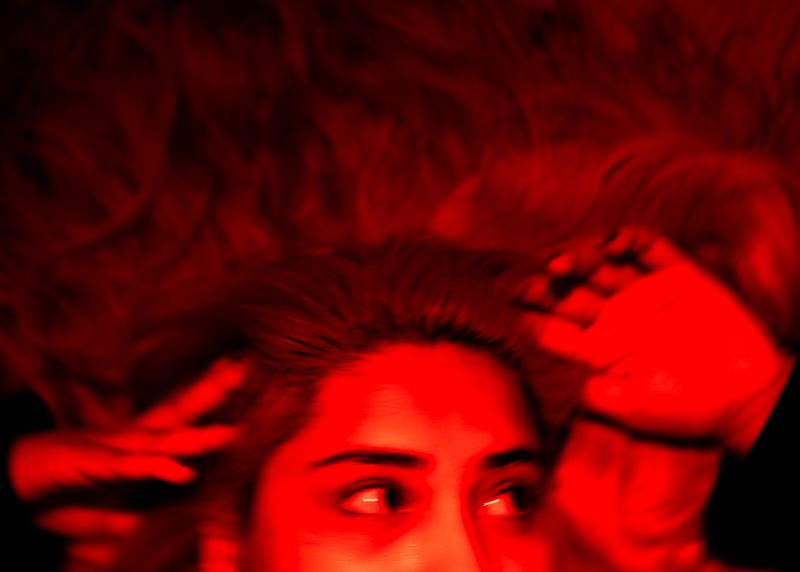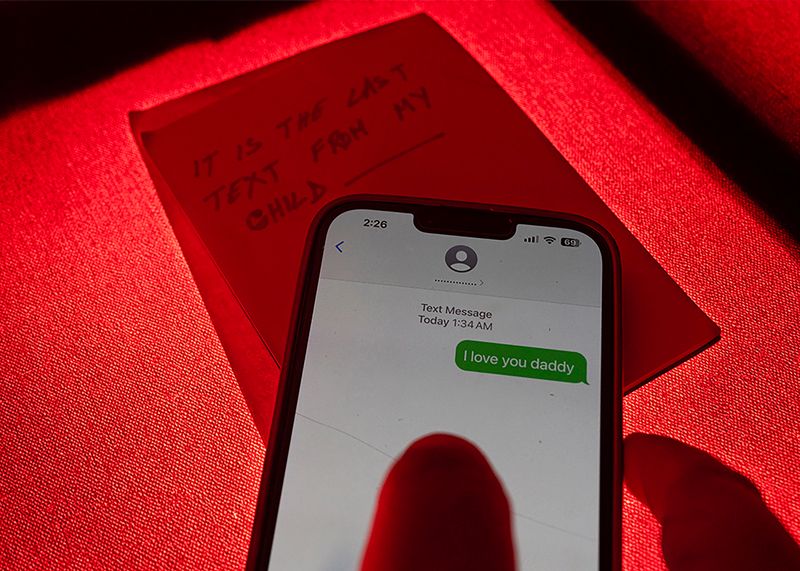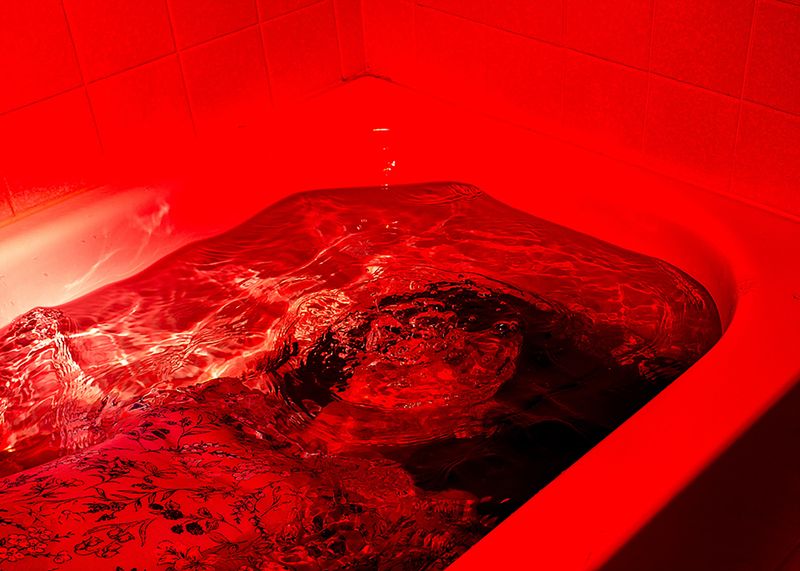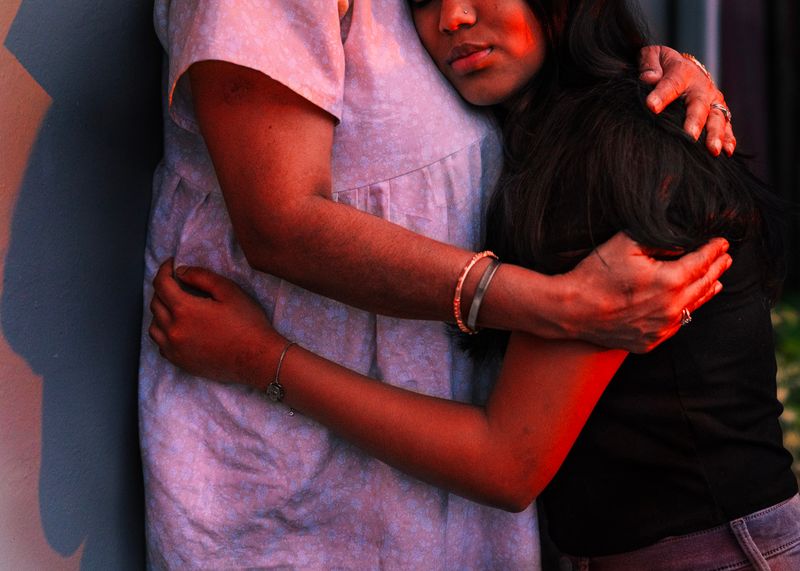In the Absence: Life Begins
-
Dates2022 - Ongoing
-
Author
- Locations West Palm Beach, New York, California, Texas, Florida, Virginia, Boca Raton, Alexandria
A story of hidden wounds and resilience, In the Absence: Life Begins portrays first-generation South Asian American youth carrying invisible pain, navigating silence and survival, while seeking healing and belonging between cultures.
What does one do when there is a void, an absence of something intangible living in two identities morphed into one? My artistic practice delves in my desire to make visible what is often hidden, silenced, or stigmatized. In the Absence: Life Begins explores the hidden mental health struggles of first-generation South Asian American youth, navigating the tension between their families’ sacrifices and the pressures of American adolescence. While immigrant narratives often highlight resilience, ambition, and cultural pride, this project illuminates what is often unspoken, emotional distance, isolation, and mental health crises quietly shaping young lives.
Photography became my language of emotional expression after years in the sciences. Transitioning from chemistry to photography marked a profound shift from studying matter to studying human experience. At Pathshala-South Asian Media Institute, Counter Foto-A Center for Visual Arts, and ICP-the International Center of Photography, I was grounded in a documentary tradition built on empathy, nuance, and collaboration. Over time, my approach has blurred the boundaries between documentary and fine art, reportage and memoir, because lived reality is rarely tidy enough to fit one genre.
Through photography and personal storytelling, I reveal the emotional lives of youth carrying the weight of their parents’ sacrifices alongside systemic pressures such as racism, housing insecurity, financial strain, and limited access to care. As a Bangladeshi-born, U.S.-based female visual artist and documentary photographer, my practice is rooted in empathy and lived experience. I use visual storytelling to investigate the themes of identity, displacement, and intergenerational trauma. My work combines the poetics with the political, weaving together intimate portraits and narrative fragments that highlight the emotional truths of my subjects, many of whom live in the liminal spaces between cultures, expectations, and belonging. My own struggles as a teenager give me sensitivity to these quiet battles.
This project began in South Florida, after several suicides in the local Bangladeshi community left families grieving and silent. The grief wasn’t just personal, it was collective, carried quietly in religious center, kitchens, and schoolyards. In many households, mental health is rarely spoken about, yet young people are crying out for understanding. They grow up in America, where perfection and productivity are demanded, while at home their parents work long hours, navigating racism, financial instability, and a healthcare system out of reach. Parents often measure love through sacrifice, but survival leaves little space for presence. One teenager told me, “My parents gave up everything for me, but they don’t see me.” These silences shape mental health in profound ways. Too often, the conversation around mental illness is reduced to resilience, medication, or willpower, when in truth it is bound up with cultural identity, systemic invisibility, and intergenerational weight.
My approach is both photographic and therapeutic. I collaborate with youth ages 13 to 26, alongside mental health professionals, creating portraits and metaphorical images that reflect their inner lives, shadows for fear, red tones for grief, moody light for isolation, paired with letters and storytelling exercises that give voice to experiences often left unspoken. To date, I have conducted over 30 interviews with youth and parents, which reveal patterns of isolation, cultural taboos, and intergenerational conflict. At the same time, second-generation youth are speaking more openly about mental health than their parents’ generation ever could, marking a rare cultural reckoning.
The urgency of this work is stark. Suicides among South Asian American youth reveal a broader, unaddressed crisis fueled by stigma, denial, and cultural taboos. By situating personal stories within systemic pressures, this project gives a human face to issues too often confined to reports or data. It captures both struggle and resilience, reflecting the complexity of lived reality.
Visually, the project combines intimate portraits, environmental imagery, and moments of daily life, capturing both personal and systemic dimensions of mental health. Sessions take place in spaces meaningful to participants bedrooms, kitchens, classrooms, sidewalks and are guided by care, trust, and empathy. These images trace how silence, trauma, and societal pressures carve themselves into daily life, showing that mental health is shaped not only by personal experience but by cultural, social, and economic structures.
If awarded the PHMuseum Women’s Grant, I will expand this work nationally, traveling to communities with significant South-Asian American populations in New York, Michigan, Texas, Los Angeles, Virginia and many more. Support will allow me to provide stipends to participants and create a broader portrait of mental health among South Asian American youth. The work will evolve into a photo book, a short film, and community-centered exhibitions that move beyond galleries into schools, libraries, religious centers, and living rooms, spaces where families gather and silence can begin to shift into dialogue.
At its heart, this project is about connection, making visible the invisible weight carried by youth, and honoring pathways toward healing. Even in absence, silence, and struggle, life begins. Through listening, empathy, and visibility, we give it room to grow.
